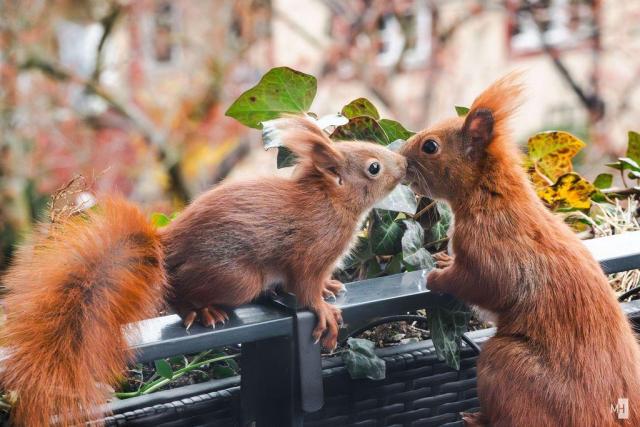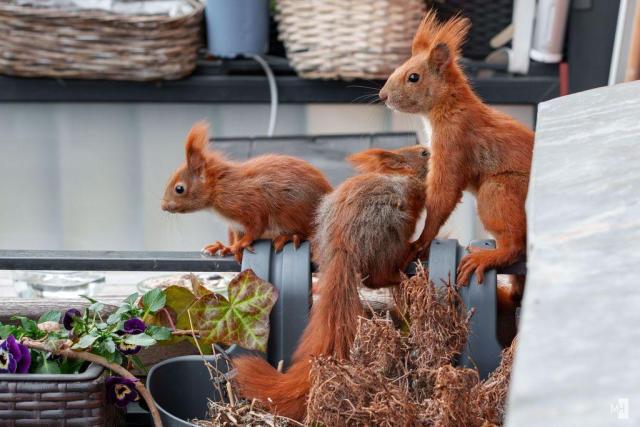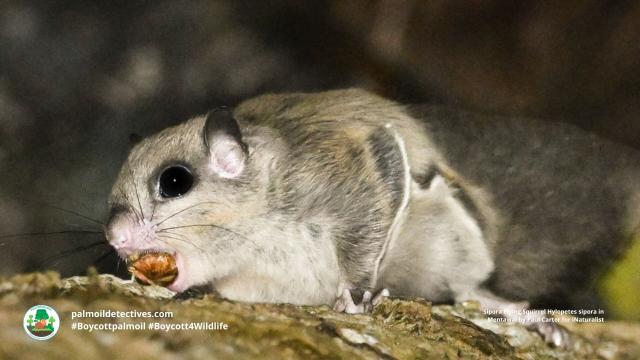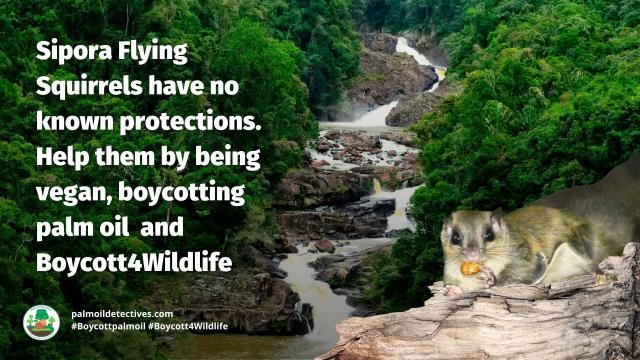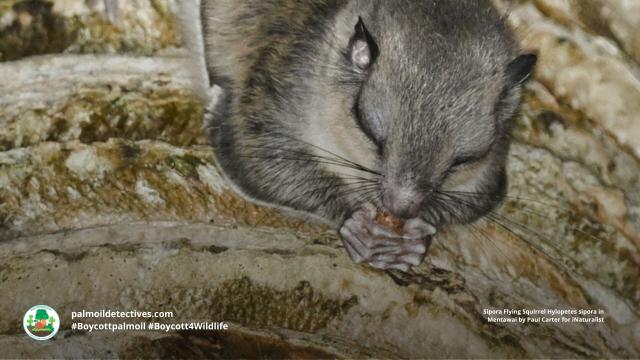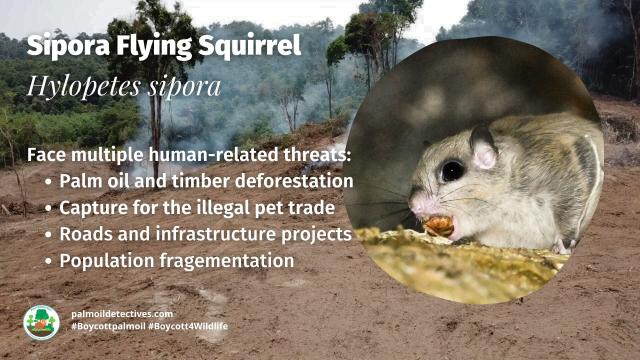Search
Items tagged with: squirrels
Sipora Flying Squirrel Hylopetes sipora
On the small, forested island of #Sipora, #Indonesia the Sipora flying #squirrel Hylopetes sipora drifts silently between ancient trees. This rare squirrel is found nowhere else on earth. At night,…Palm Oil Detectives
palmoildetectives.com/2021/02/…
Vordermann's Flying #Squirrels 🪽🦦🤎 are spectacular gliding #mammals of #Borneo who are #vulnerable due to #palmoil #deforestation in #Malaysia 🇲🇾 and #Indonesia 🇮🇩 Support them and #BoycottPalmOil 🌴🩸🚜🔥☠️❌ #Boycott4Wildlife
Tufted Ground Squirrel Rheithrosciurus macrotis
The tufted ground squirrel, or groove-toothed squirrel, is a striking nut-cracking rodent native to the island of Borneo. Sporting a voluminous, club-shaped tail, the tufted ground squirrel carries…Palm Oil Detectives
The #HuananSeafoodMarket, which offers an apalling variety of live and freshly slaughtered animals, is suspected to be the pandemic’s Ground Zero. According to genetic analyses, bats are the original hosts of the virus, but animals from the wildlife market may have transmitted them to humans.
In addition to seafood, the meat of 30 terrestrial animal species is available there, including #pangolins, #civets, #squirrels, #pheasants, #scorpions, #snakes and a variety of #rats.
2/4
